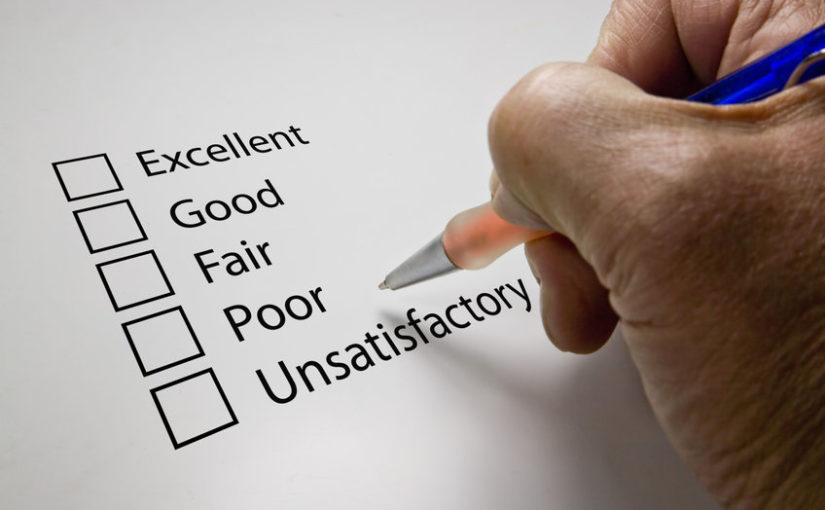
A teammate is underperforming. Firing seems premature, but at the same time, this problem just can’t wait.
Enter: The PIP (performance-improvement plan). A by-the-book, formalized roadmap designed to help struggling employees shore up weaknesses, hit benchmarks, and evolve into A-tier teammates.
Well…that’s what PIPs started as.
This practice likely first became institutionalized by HR leaders who cared about performance; people who prioritized fairness and wanted struggling teammates to have the opportunity to improve.
Unfortunately, the modern ‘PIP’ is often far from that founding vision. According to LinkedIn News, this common management technique for rehabilitating — or in most cases removing — an employee is getting a reevaluation.
Here are four reasons PIPs may be doing more harm than good:
Some organizations require a small percentage of their workforce to be on a performance improvement plan (like grading on a curve). But more commonly, PIPs descend into nothing more than the required paperwork to justify a soon-to-be firing – a firing that someone higher up has already made up their mind about.
When a PIP has an ulterior motive (other than genuinely aiding the person to improve) the employee, along with the rest of the organization, feels it. That adds up to significant mistrust of the organization.
Performance improvement plans are prompted based on poor outcomes. Yet rarely are they encompassing enough to go upstream and look at the behavior (and other factors) that led to the suboptimal result.
It’s the equivalent to measuring a runner on her time, and not looking at her strength training, conditioning, or practice routine. If the coach only yells, “faster faster faster!” her time will quickly plateau. “Faster” becomes unobtainable.
To spurn actual performance improvement takes effort beyond merely identifying suboptimal results. Improvement comes from either environmental change or (more commonly) behavior change.
Over-indexing on PIPs quickly descends into a punitive outlook on growth. Engaged, hardworking teammates should be allowed to fail without the ominous ‘PIP’ on the horizon; taking risks and trying to improve always come with a few misses.
When performance becomes too quantitative and too formal (as it often does in a PIP process) it stifles creativity, zaps ambition, and ultimately descends into a ‘just follow the rules’ mentality. Not exactly an environment where people rise to the occasion.
If the majority of ‘PIPs’ ends in a firing (or the PIP’ed employee quitting) the employer brand will ultimately tank. In this talent market, attracting and retaining top-tier talent is often the single biggest challenge for an executive team. Former employees (terminated or not) play a huge role in forming the reputation of the organization.
When an organization over-indexes on PIPs, they often wind up sabotaging the performance of the collective (instead of actually improving the performance of a few).
Performance management is not inherently bad; it’s necessary for breakthrough innovation, prudent execution, and ultimately, growth. Yet, when ‘performance improvement plans’ descend into fearmongering and finger-pointing, everyone suffers.